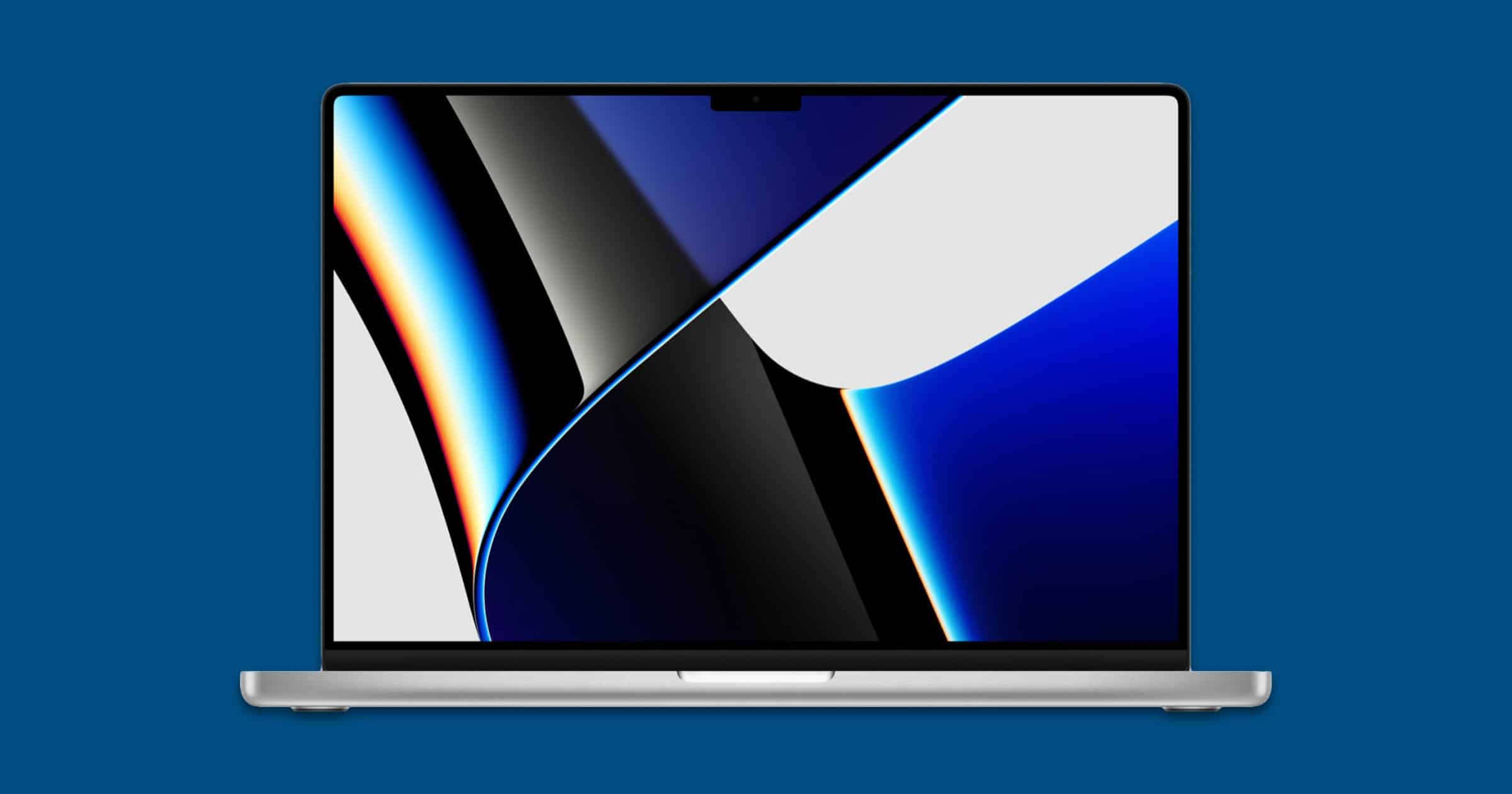The new 14-inch and 16-inch MacBook Pros are beginning to arrive. Bloomberg’s Mark Gurman wrote in his Power On that Apple “finally fixed the MacBook Pro after five years of fumbles”. Looking at the system specifications, though, I wonder if Apple has made some choices with the new MacBook Pro that could alienate true power users.
An Outdated HDMI Port
The new M1 Pro and M1 Max chipset fully supports Apple’s ProRes video codec. The display on the new MacBook Pro models feature ProMotion for refresh rates up to 120Hz. But if you connect your new MacBook Pro to an external display using the HDMI port, you can forget about that 120Hz refresh rate.
Apple has chosen to include the outdated HDMI 2.0 standard in the new models instead of the newer 2.1 port. That means you cannot enjoy 120Hz refresh rates through the HDMI port. Sure, you can achieve that with Thunderbolt 4 instead, but I wonder what the sense is in including HDMI at all if it cannot take full advantage of the MacBook Pro’s graphics capability.
While it’s true that displays taking full advantage of HDMI 2.1 are still fairly rare and expensive, they do exist. The 2.1 standard has been around for almost four years now, so supporting it would be one step towards future-proofing the laptops.
MacBook Pro Uses Old Tech in the SD Card Reader
Cupertino has also missed the mark with the SD Card reader. It’s great to see the slot return to the MacBook, but here again Apple is using older technology. Rather than including a reader that uses a UHS-III bus, the SDXC reader on the MacBook Pros is UHS-II. While Apple does not include the information on its specifications page, it did confirm to The Verge that the SD card slot uses the UHS-II bus.
The difference between the two is quite staggering. UHS-II has a maximum speed of 312 MB/s. The newer UHS-III bus doubles that, to 624 MB/s. While it’s true that UHS-III cards are still rather expensive, the price is coming down. Incorporating UHS-III would be another step to prolonging the longevity of the MacBook Pro.
Is Apple Doing Early Planned Obsolescence Here?
Don’t get me wrong, now. The new MacBook Pros are definitely a step in the right direction. However, including slower, almost obsolete technology in with all the new shiny bits seems a bit shortsighted. When everything else is the latest and greatest, I would have expected more from Apple in the HDMI and SD card reader.

There is more:
Has Apple FIXED USB Speeds and Bluetooth with the NEW M1 Pro & M1 Max chips?
https://www.youtube.com/watch?v=y4o9OoH4afo
Butteridge.
Do the mew MacBook Pro models based on M1 Pro and M1 Max chip microprocesors support USB 3.2 Gen 2×2 (20 Gbps) to reach 2,000 MB/s with external disks, like Kingston XS2000 Portable SSD? https://www.kingston.com/unitedstates/us/ssd/xs2000-portable-usb-c-solid-state-drive
Actually, a bit higher. They support USB 4.0, with bandwidth up to 40Gb/s. Since it’s backwards-compatible, the XS2000 should scream attached to the new MacBook Pro.
Thanks Jeff, but not necessarily. USB 3.2 gen 2×2 is optional for USB4. Macs with M1 do not support USB 3.2 Gen 2×2 (20 Gbps) to reach 2,000 MB/s with external disks. That is confirmed. But I wonder if the new ones with M1 Pro and M1 Max support it. Could someone test?
I’ll ask Dave Hamilton if he can test that. He purchased one of the new MacBook Pros.
So, none of us have such a drive to test, at least not yet. But I did find this at OWC: “Pretty limited support in general for this USB 3.2 mode that is different than the same USB4 20Gb/s mode. We will test when we can – but having done my homework now… have a hunch not going to see this.”
That pretty much tells me what I think we need to know. If Apple was supporting that optional mode, that would almost certainly be included in the technical specifications.
Thanks for the information. Amazingly, both Kingston and Apple do not know when you ask them (or different persons from such companies give contradictory answers, which obvious are guesses, not based on experimental evidence). So, the only way to know is to test such SSD with such Macs.
Thanks for the article Jeff. Nice to see someone who can say it like it is!
The higher speed for the cards is primarily useful for high resolution/refresh rate video recording in a camera. The card slot is primarily used to do single transfers of data so having to wait a small bit longer is not a big deal. And to be honest there are new card formats showing up at the top end that don’t use this form factor (check out the latest Nikons).
For the display interface, keep in mind that the Thunderbolt also supports direct DP 2.0 or higher so the high end capabilities are already there. USB 3 to DP cables are readily available. HDMI is the older interface even with the latest version. It is handy of course for existing displays but the higher end displays often have DP or USB 3 on them. And, if they have a USB 3 connection the display can often be a hub with USB and other connections. And in some cases even act as a power supply for the laptop. HDMI can’t do any of that, even with the newer version.
And, these limitations affect what % of buyers in a significant manner?
This is a pro-level machine, which a buyer is going to keep for at least 3-5 years.
Starting with obsolete ports cuts the buyer out from the latest technology which, at this price-point, is just unacceptable.
I completely agree!
One less Thunderbolt port and … one more outdated, 7yo HDMI port …
Old tech SD slot …
Also, the TouchBar has proven invaluable to me in many workflows, it could have been kept, all the while adding back the function keys.